Dear Stephen,
I was bitten by an insect end of January in Australia (Hunter Valley). Two weeks later I had symptoms that fit a clinical lyme diagnosis. A serology test was negative (Igenex western blot and MELISA for borrelia, IgM and IgG for Ba and Bartonella). But blood view under a microscope reveals something swimming around. I had rashes (multiple) on both my arms, burning and shooting sensation on my arms and legs together with toe numbness. I was started with doxycycline for two weeks. My symptoms subsided but I was not asymptomatic thereafter. My current symptoms are sore soles and pressure on my ear drums. I’m currently taking cumanda and samento, which offer bit of relief. Here are my questions:
1) Will your core protocol target many different types of bacteria,fungi and protozoa?
2) Can I use astragalus with your core protocol?
3) What should I use for the bartonella type organism infection?
4) Should I add any other herbs to deal with my ear plugged sensation?
Many thanks.
Stephen’s response:
Yes, and I list all the organisms that are known to be affected in the lyme book in some detail. Yes you can use astragalus. For bartonella: red root and boneset and knotweed (though cryptolepis can help). The plugged ear experience is irritating. I am assuming fluid build up in the inner ear. Juiced ginger is good for that. (Piece of ginger about the size of your thumb, juiced. Put the juice in 8 oz hot water, add honey to taste and a wedge of lime (squeezed into the drink) and drink it 2-4 times a day.) also: cayenne and wasabi. They help liquefy mucus and stimulate drainage.
Stephen
-
Stephen Harrod Buhner was an Earth poet and an award-winning author of twenty-four books on nature, indigenous cultures, the environment, and herbal medicine including the acclaimed book Healing Lyme: Natural Healing & Prevention of Lyme Borreliosis & Its Co-infections.
Stephen came from a long line of healers including Leroy Burney, Surgeon General of the United States under Eisenhower and Kennedy, and Elizabeth Lusterheide, a midwife and herbalist who worked in rural Indiana in the early nineteenth century. The greatest influence on his work, however, was his great-grandfather C.G. Harrod who primarily used botanical medicines, also in rural Indiana, when he began his work as a physician in 1911.
Stephen’s work has appeared or been profiled in publications throughout North America and Europe including Common Boundary, Apotheosis, Shaman’s Drum, The New York Times, CNN, and Good Morning America. Stephen lectured yearly throughout the United States on herbal medicine, the sacredness of plants, the intelligence of Nature, and the states of mind necessary for successful habitation of Earth.
He was a tireless advocate for the reincorporation of the exploratory artist, independent scholar, amateur naturalist, and citizen scientist in American society – especially as a counterweight to the influence of corporate science and technology.
View all posts

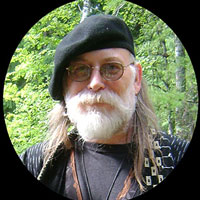



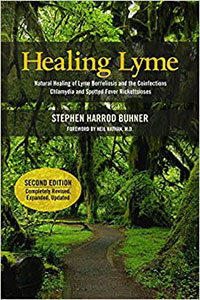
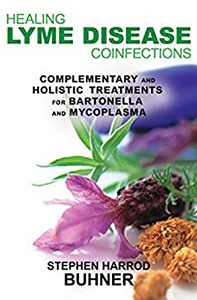
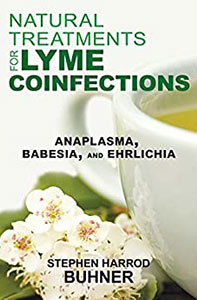
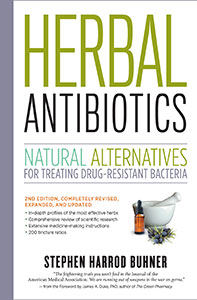
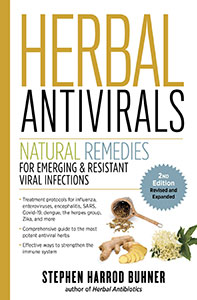



0 Comments